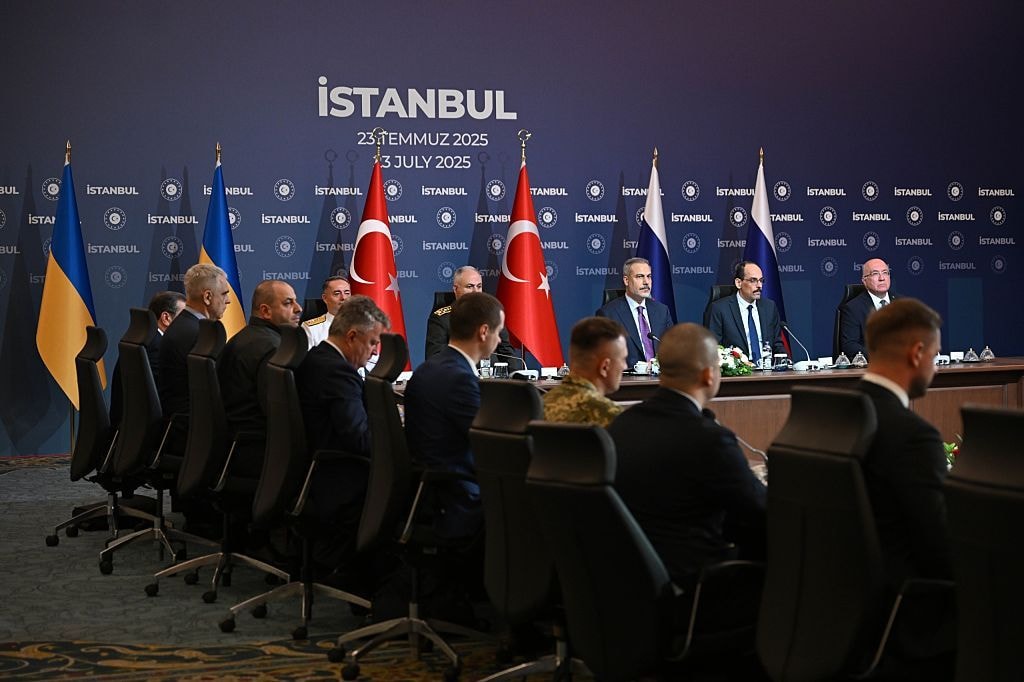Some Russians celebrated Ukrainian drone strikes on Moscow, intercepted calls suggest

Russians living in oblasts bordering Ukraine have celebrated recent drone attacks against Moscow as people living there "live their lives without fear," according to a series of intercepted calls released by Ukraine's military intelligence (HUR) on March 29–31.
On March 11, Ukraine launched the largest drone attack against Russia's capital during the full-scale war. Seventy-four drones were shot down on approach to Moscow in the early hours of the day.
Belgorod and Bryansk oblasts border Ukraine and often come under attack as they are two regions from which Russian forces launch missile and drone attacks against Ukrainian cities.
Phone conversations intercepted by HUR suggest that some Russians living in these oblasts welcomed the news of the attack on Moscow. They presented it as a chance for those living in the capital to experience the effects of the war that they witness on a regular basis.
"So we can be f**king bombed, but Moscow Oblast is not? Let the bastards shut up and stay put!" one woman in Russia’s Bryansk Oblast said in a call released by HUR on March 29.
"They live their lives without fear, without knowing anything. Let them be at least a little bit afraid," the person she was speaking to responded.
In Belgorod Oblast, one woman said she had been kept awake by drones flying overhead in the direction of Moscow, according to an intercepted call released on March 30.
"They should have targeted Moscow right away to make them take action," she said, adding: "Otherwise, poor people are suffering, and Moscow is dancing and singing."
"If they don't take some (defense) measures, we'll all be screwed," she added.
In another conversation published on March 31, two men in Belgorod Oblast speculated that the reason their TVs were not working was because of electronic warfare countermeasures being used against Ukrainian drones.
"Well, (there were) 50 drones, as I read today. Let them bomb the Kremlin," one of the men said.
"To hell with them. Let them (bomb)," the other replied.
The Kyiv Independent could not verify the authenticity of the intercepted calls.
Kyiv uses long-range drones to strike deep into Russian territory, targeting military infrastructure such as airfields, oil refineries, and logistics hubs, and Ukraine's arsenal is set for a boost after the announcement last month that a new variant had the longest range of any in its arsenal and had successfully completed testing.
"Our drone with a 3,000-kilometer range has passed testing," President Volodymyr Zelensky said during his evening address on March 17.
Though there were no other details give, the range dramatically expands the amount of Russian territory that would be vulnerable.

Federico Borsari, a fellow at the Center for European Policy Analysis (CEPA), told the Kyiv Independent that it's likely the new drone has a fixed-wing structure and a turbojet engine.
"Similar to a very cheap cruise missile," he added.
If Borsari is correct, this would make it a longer-range version of Ukraine's Palianytsia missile drone, which was revealed last year and is thought to have a range of between 500 and 700 kilometers.
Fabian Hoffmann, a defense expert and doctoral research fellow at the University of Oslo, told the Kyiv Independent that the longer range will allow Ukraine to significantly expand its current drone campaign, and he expects the type of targets will remain the same.
"More critical infrastructure, oil refineries, oil processing facilities," he said, adding: "The other thing that immediately comes to mind is production facilities for various types of equipment on the Russian side that probably was outside of the target radius of previous drone systems."











